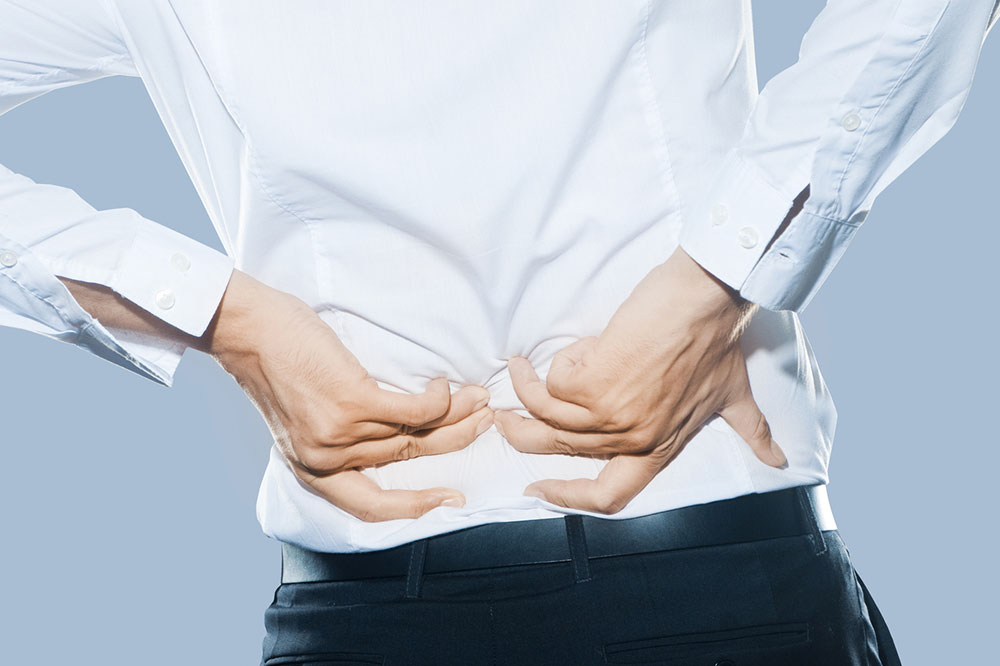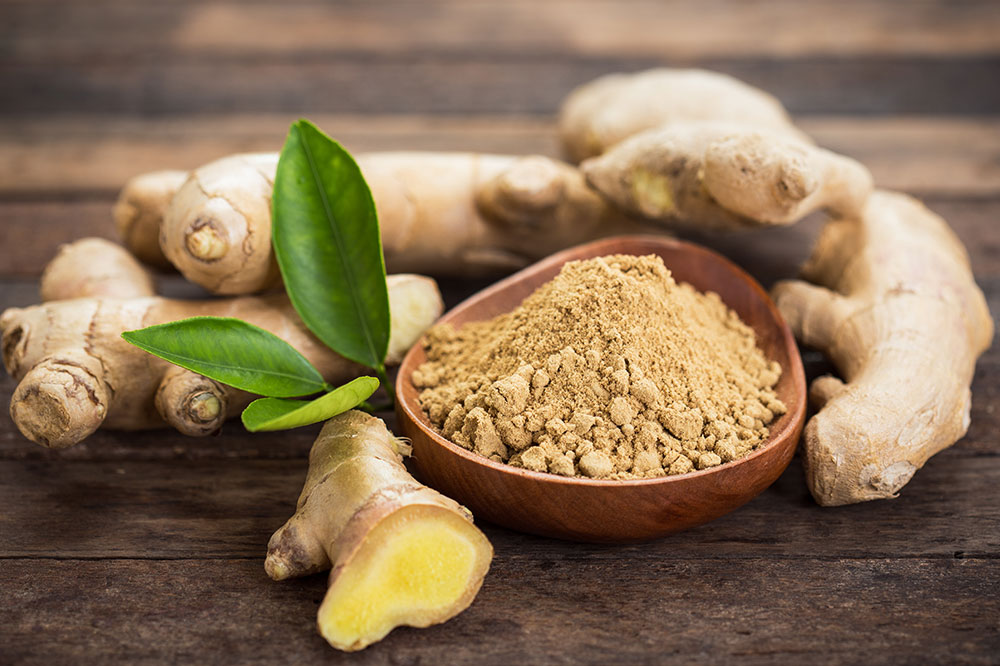Comprehensive Guide to Alleviating Back Pain: Symptoms, Causes, and Natural Remedies
This comprehensive guide details the common causes, symptoms, and natural remedies for back pain. It emphasizes early management with home treatments such as ice, heat, stretching, and lifestyle adjustments. Understanding when to seek medical attention is crucial for persistent or severe cases. Incorporating proper sleep, regular activity, and supportive footwear can prevent future episodes, helping individuals regain comfort and mobility efficiently.

Comprehensive Guide to Alleviating Back Pain: Symptoms, Causes, and Natural Remedies
Back pain is one of the leading causes of disability worldwide. Nearly everyone experiences some form of back discomfort at some point. Fortunately, mild cases can often be relieved with simple home treatments, reducing the need for surgical intervention. Early intervention with natural methods can restore comfort and mobility quickly, often avoiding more invasive procedures.
Main Causes of Back Discomfort
Common factors include muscle strain, spinal structural issues, arthritis, and osteoporosis-related bone loss.
Muscle Strain
Incorrect lifting techniques or sudden movements can strain back muscles, leading to pain. Overuse during sports or physical activities can also cause soreness. This type of discomfort typically occurs after intense activity.
Spinal Structural Problems
Discs acting as cushions between vertebrae may herniate, bulge, or rupture due to injury or degeneration. Such issues can press on nerves, causing severe pain that may radiate down the legs—a condition called sciatica—often with numbness or tingling.
Other causes include:
Arthritis, especially osteoarthritis affecting spinal joints, leading to joint damage and narrowing of the spinal canal
Bone loss from osteoporosis, causing fractures that result in persistent pain
Less Common Causes
Persistent back issues may require medical attention to rule out rare conditions such as spinal degeneration, infections, tumors, kidney issues, or nerve damage. Conditions like degenerative spondylolisthesis, cauda equina syndrome, infections, or kidney stones may be involved.
Signs and Symptoms
Typical signs include dull ache, shooting pain, or nerve-like sensations radiating down the limbs. Pain worsens with movement or prolonged standing, often accompanied by stiffness. While short-term pain may resolve on its own, chronic pain persists beyond three months. Severe symptoms like loss of bladder or bowel control, significant weakness, unexplained weight loss, intense night pain, fever, or abdominal throbbing require prompt medical care.
Managing Back Pain
Most mild back pain responds well to over-the-counter medications like NSAIDs (ibuprofen, naproxen). Severe cases might need stronger prescription drugs or surgical procedures such as disc removal or spinal fusion. Alternative therapies, including massage, chiropractic treatment, or relaxation techniques, can also help. Always consult a healthcare provider before trying new treatments.
Natural Home Remedies
Many instances of back discomfort can be eased with simple home strategies, especially in mild cases. In cases where pain persists or worsens, seek medical advice. Consider these natural remedies:
Cold and Heat Therapy
Applying ice packs in the early stages can reduce inflammation and numb the area. Wrap a frozen pack in cloth and use for up to 20 minutes. For muscle tightness, heat pads or hot water bottles promote relaxation and improved blood flow. Ensure proper temperature to prevent burns.
Releasing endorphins through activities like massage, meditation, or light exercise can also reduce pain perception and enhance mood.
Stretching Exercises
Gentle stretches help relieve tension. Hold each stretch for about 30 seconds:
Touch your toes to stretch hamstrings and lower back
Child pose: Kneel and extend arms forward with forehead to the ground
Cobra pose: Lie on your stomach and lift your chest to open the front body and ease back tension
Prioritize Restorative Sleep Quality sleep supports the healing process and can lessen pain severity. If sleep issues arise, consult a healthcare provider for solutions to improve rest.
Stay Active
Regular movement, such as walking or light chores, helps maintain muscle strength and flexibility. Avoid excessive exertion to prevent further injury.
Strengthen Supporting Muscles
Once pain subsides, focus on reinforcing the core, hips, and pelvis muscles to prevent future episodes. Avoid strenuous abdominal exercises that might aggravate discomfort.
Wear Proper Footwear
Supportive shoes help maintain good spinal alignment. Switch from high heels to comfortable, well-fitting shoes. Seek professional advice for personalized footwear recommendations.


